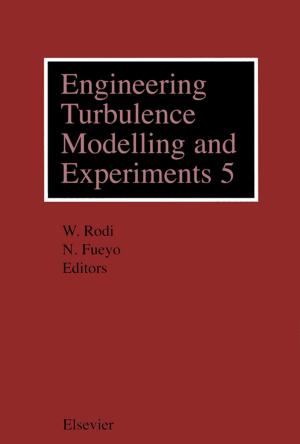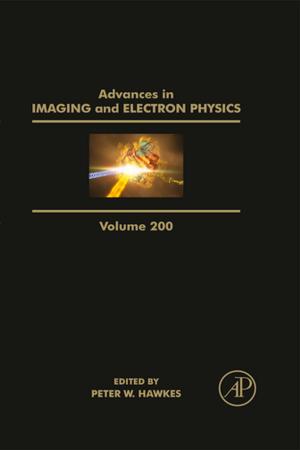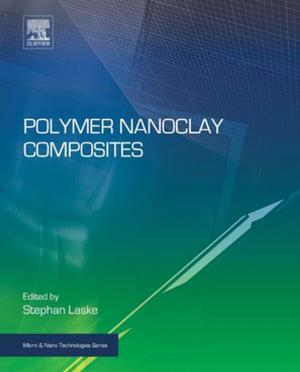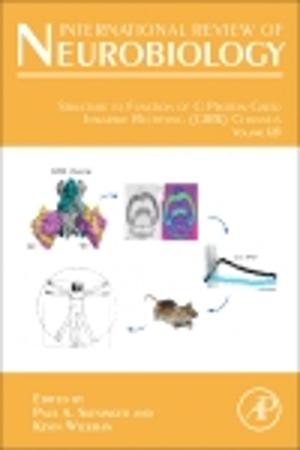| Author: | Elsevier Science | ISBN: | 9781845694050 |
| Publisher: | Elsevier Science | Publication: | February 1, 2008 |
| Imprint: | Woodhead Publishing | Language: | English |
| Author: | Elsevier Science |
| ISBN: | 9781845694050 |
| Publisher: | Elsevier Science |
| Publication: | February 1, 2008 |
| Imprint: | Woodhead Publishing |
| Language: | English |
Corrosion monitoring techniques play a key role in efforts to combat corrosion, which can have major economic and safety implications. This important book starts with a review of corrosion fundamentals and provides a four-part comprehensive analysis of a wide range of methods for corrosion monitoring, including practical applications and case studies.
The first part of the book reviews electrochemical techniques for corrosion monitoring, such as polarization techniques, potentiometric methods, electrochemical noise and harmonic analyses, galvanic sensors, differential flow through cells and multielectrode systems. A second group of chapters analyses the physical or chemical methods of corrosion monitoring. These include gravimetric, radioactive tracer, hydrogen permeation, electrical resistance and rotating cage techniques. Part II also includes a chapter on the innovative nondestructive evaluation technologies that can be used to monitor corrosion. Part III examines corrosion monitoring in special environments such as microbial systems, concrete and soil, and remote monitoring and model predictions. A final group of chapters includes various case studies covering ways in which corrosion monitoring can be applied to engine exhaust systems, cooling water systems, pipelines, equipment in chemical plants, and other real world systems.
With its distinguished editor and international team of contributors, Techniques for corrosion monitoring is a valuable reference guide for engineers and scientific and technical personnel who deal with corrosion in such areas as automotive engineering, power generation, water suppliers and the petrochemical industry.
- Provides a comprehensive analysis of the range of techniques for corrosion monitoring
- Specific case studies are included to highlight the main issues
- A valuable reference guide for engineers, scientific and technical personnel who deal with corrosion
Corrosion monitoring techniques play a key role in efforts to combat corrosion, which can have major economic and safety implications. This important book starts with a review of corrosion fundamentals and provides a four-part comprehensive analysis of a wide range of methods for corrosion monitoring, including practical applications and case studies.
The first part of the book reviews electrochemical techniques for corrosion monitoring, such as polarization techniques, potentiometric methods, electrochemical noise and harmonic analyses, galvanic sensors, differential flow through cells and multielectrode systems. A second group of chapters analyses the physical or chemical methods of corrosion monitoring. These include gravimetric, radioactive tracer, hydrogen permeation, electrical resistance and rotating cage techniques. Part II also includes a chapter on the innovative nondestructive evaluation technologies that can be used to monitor corrosion. Part III examines corrosion monitoring in special environments such as microbial systems, concrete and soil, and remote monitoring and model predictions. A final group of chapters includes various case studies covering ways in which corrosion monitoring can be applied to engine exhaust systems, cooling water systems, pipelines, equipment in chemical plants, and other real world systems.
With its distinguished editor and international team of contributors, Techniques for corrosion monitoring is a valuable reference guide for engineers and scientific and technical personnel who deal with corrosion in such areas as automotive engineering, power generation, water suppliers and the petrochemical industry.
- Provides a comprehensive analysis of the range of techniques for corrosion monitoring
- Specific case studies are included to highlight the main issues
- A valuable reference guide for engineers, scientific and technical personnel who deal with corrosion















